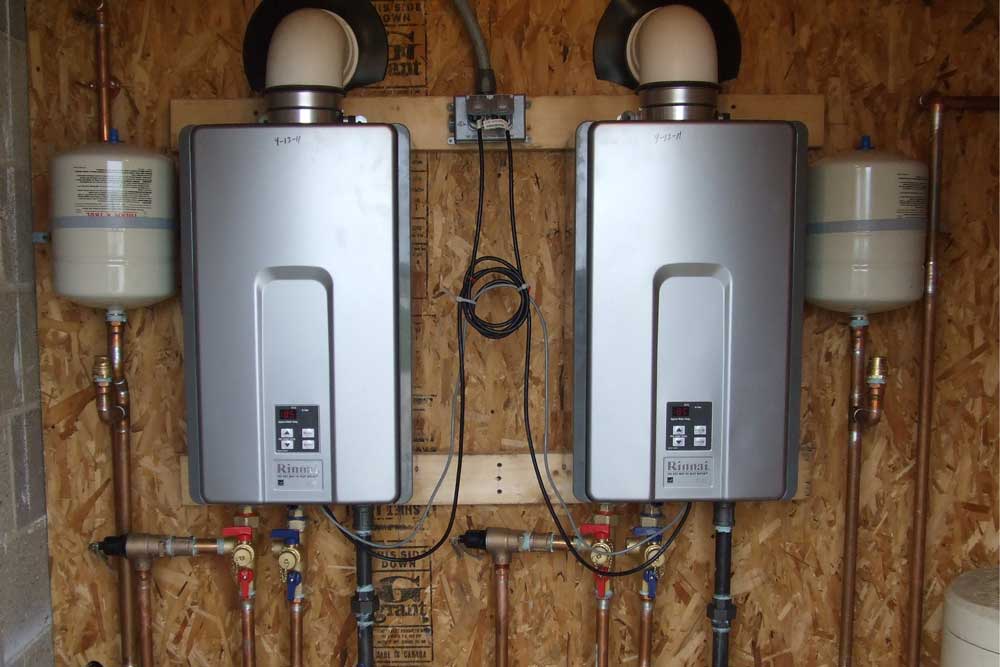Caring for Your Home's Hot Water System: Key TipsBest Practices for Caring for Your Home's Hot Water SystemEnsuring Longevity of Your Home's Hot Water System: Maintenance Tips
Caring for Your Home's Hot Water System: Key TipsBest Practices for Caring for Your Home's Hot Water SystemEnsuring Longevity of Your Home's Hot Water System: Maintenance Tips
Blog Article
How do you really feel in regards to Tips For Maintaining Your Hot Water Heater?

Warm water is important for day-to-day comfort, whether it's for a revitalizing shower or washing dishes. To guarantee your hot water system runs effectively and lasts much longer, regular upkeep is key. This article supplies sensible suggestions and understandings on how to preserve your home's warm water system to avoid disruptions and expensive fixings.
Intro
Maintaining your home's hot water system could seem challenging, yet with a few basic actions, you can ensure it operates efficiently for several years to find. This overview covers everything from comprehending your hot water system to DIY maintenance tips and understanding when to contact expert assistance.
Importance of Maintaining Your Warm Water System
Normal maintenance not just expands the lifespan of your warm water system yet also ensures it operates efficiently. Overlooking maintenance can cause reduced performance, greater power costs, and also early failing of the system.
Indications Your Warm Water System Demands Upkeep
Knowing when your hot water system requires focus can protect against major issues. Look out for indications such as inconsistent water temperature level, weird noises from the heater, or rustic water.
Comprehending Your Warm Water System
Before diving into upkeep jobs, it's practical to recognize the standard elements of your warm water system. Normally, this includes the hot water heater itself, pipelines, anode rods, and temperature controls.
Regular Monthly Maintenance Tasks
Normal monthly checks can assist capture minor problems before they escalate.
Flushing the Water Heater
Purging your hot water heater gets rid of sediment accumulation, improving efficiency and prolonging its life.
Checking and Changing Anode Rods
Anode poles stop corrosion inside the tank. Evaluating and changing them when worn out is important.
Examining and Adjusting Temperature Level Setups
Changing the temperature level settings guarantees optimal efficiency and safety.
Do It Yourself Tips for Upkeep
You can carry out several upkeep jobs yourself to maintain your warm water system in top condition.
Looking for Leaks
Frequently examine pipelines and connections for leakages, as these can result in water damage and greater costs.
Checking Pressure Relief Valves
Checking the pressure safety valve ensures it functions properly and prevents excessive stress buildup.
Shielding Pipes
Shielding warm water pipelines reduces warm loss and can conserve energy.
When to Call a Specialist
While DIY upkeep is helpful, some issues need expert knowledge.
Facility Issues Calling For Professional Assistance
Examples include major leakages, electric issues, or if your hot water heater is regularly underperforming.
Regular Professional Maintenance Conveniences
Expert upkeep can include extensive inspections, tune-ups, and making sure conformity with safety standards.
Final thought
Normal upkeep of your home's hot water system is necessary for efficiency, longevity, and expense savings. By following these ideas and knowing when to seek specialist help, you can ensure a reputable supply of hot water without unforeseen disturbances.
How to Maintain an Instant Hot Water Heater
Before tinkering with your hot water heater, make sure that it’s not powered on. You also have to turn off the main circuit breaker and shut off the main gas line to prevent accidents. Also turn off the water valves connected to your unit to prevent water from flowing into and out of the appliance. 2. When you’re done, you have to detach the purge valves’ caps. These look like the letter “T” and are situated on either side of the water valves. Doing so will release any pressure that has accumulated inside the valves while at the same time avoid hot water from shooting out and burning your skin. 3. When the purge valves’ caps are removed, you have to connect your hosing lines to the valves. Your unit should have come with three hoses but if it didn’t, you can purchase these things from any hardware or home repair shops. You can also get them from retail stores that sell water heating systems. Read the user’s manual and follow it to complete this task properly. When the hosing lines are connected, open the purge port’s valves. 4. You should never use harsh chemical cleaners or solutions when cleaning your unit. Make use of white vinegar instead. It should be undiluted and you’ll probably use about 2 gallons. 5. Now flush your water heater. This task should probably take about 40 minutes. We can’t give you specific directions for this because the procedure is carried out depending on the type, model and brand of your heater. With that being said, refer to the user’s manual. 6. When you’re done draining the unit, you have to turn off the purge port valves again. Remove the hosing lines that you earlier installed on each of the water valves. Put the valve caps (purge port) back in their respective places and be very careful so as not to damage the rubber discs that are found inside these caps. 7. Now that everything’s back in place, check your user’s manual again to find out how to reactivate your water heating system. 8. Once it is working, turn one of your hot water faucets on just to let air pass through the heater’s water supply pipes. Leave the tap on until water flows smoothly out of it. https://www.orrplumbing.com/blog/2014/september/how-to-maintain-an-instant-hot-water-heater/

As a serious person who reads about How to Maintain Your Water Heater & Prolong its Life, I assumed sharing that piece of content was a great idea. In case you enjoyed reading our article please don't forget to pass it around. Thanks a lot for going through it.
Call Today Report this page